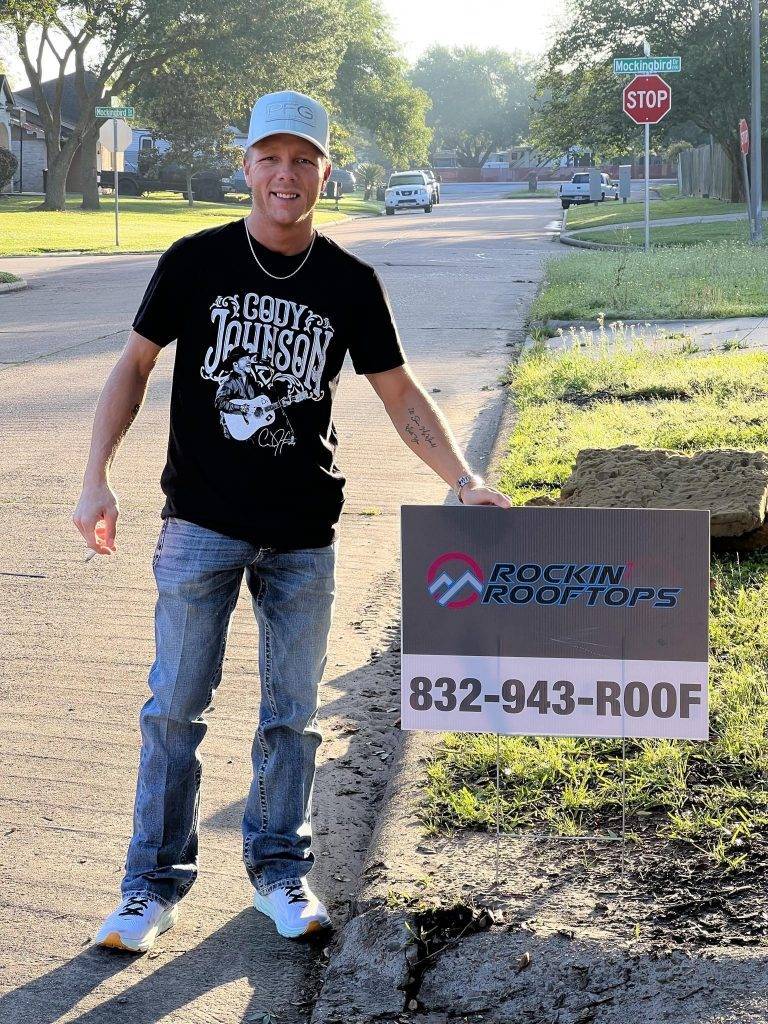This week, Cory shares his expertise on basic roof repair techniques. Next time a storm leaves your roof missing a few shingles, you’ll possess the knowledge and skills to handle the repairs on your own if you decide to tackle the job.

This week, Cory enlightens us on the essentials of roof maintenance and minor repairs, emphasizing the importance of knowing how to handle basic tasks such as replacing missing or damaged shingles. With Cory’s guidance, you’ll acquire the skills necessary to manage simple roofing repairs on your own, should you opt to do so. This knowledge is invaluable, especially when dealing with the aftermath of a storm or wear and tear over time. Cory’s expertise doesn’t stop at roof repair; he also dives into a broader spectrum of roofing services, ensuring you’re well-equipped for any roofing challenge. From gutter repairs to skylight and chimney maintenance, and even comprehensive services for both residential and commercial roofing needs, Cory covers it all. Whether you’re considering a new roof installation, need advice on the best roofing materials, such as GAF Timberline HD shingles, or are looking for tips on regular maintenance to extend the life of your roof, this session is packed with essential information.
Cory also touches on the importance of selecting a qualified roofing contractor for more complex projects, highlighting services like flat roof installation, comprehensive roofing services for commercial properties, and the benefits of opting for GAF certified roofing professionals. Understanding the different types of roof systems, from shingle roofing to metal roof installations and repairs, and the significance of routine maintenance to prevent leaks and ensure the longevity of your roof, are key topics of discussion.
For those interested in enhancing their home’s exterior, Cory doesn’t stop at roofing. He expands into related areas such as exterior home painting, siding repair, and gutter installations and repairs, offering a holistic view of home maintenance that ensures your property remains in top condition. Additionally, he underscores the value of free roofing estimates, navigating insurance claims, and the importance of personalized service to meet your specific roofing and exterior home maintenance needs.
In summary, Cory’s comprehensive guide to roof repair and maintenance not only prepares you for DIY repairs but also arms you with the knowledge to make informed decisions when hiring professionals for larger projects. Whether it’s a repair call for a leaking roof, a full roof installation, or regular maintenance to safeguard your investment, Cory’s insights are an invaluable resource for homeowners aiming to keep their roofs in peak condition.
